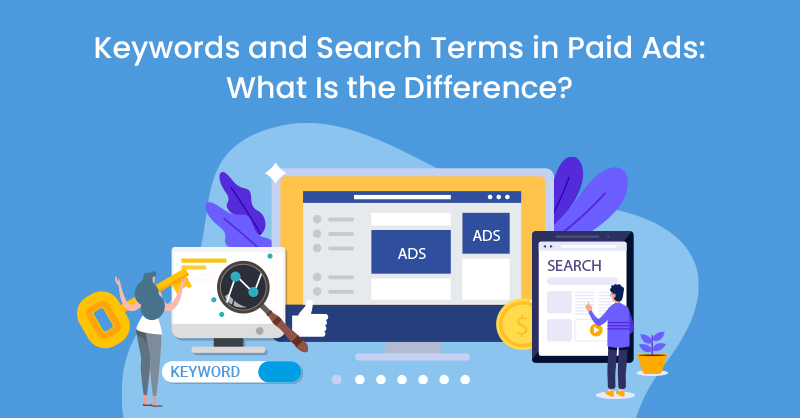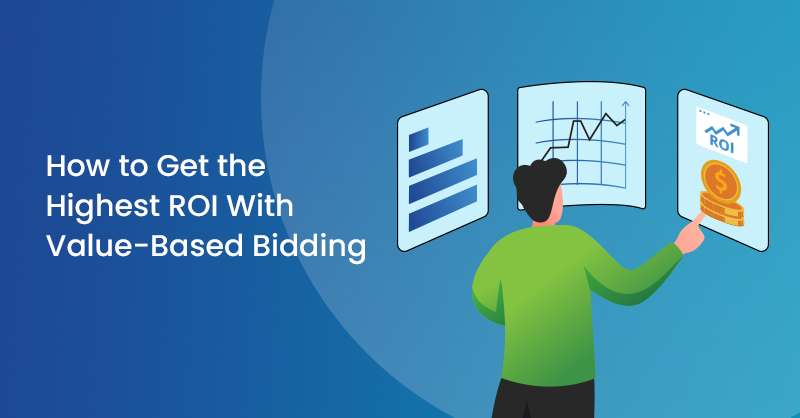If you haven’t heard already, Google unveiled Enhanced Campaigns for AdWords yesterday, followed by a lot of Google-fueled hype and a healthy dose of skepticism from the Internet marketing community. For many small business owners and part-time AdWords users, it can be difficult to understand what this new rollout really means, and how it will affect your overall AdWords strategy. Simply put, Enhanced Campaigns is a response to an increasingly multi-device way of life, and is Google’s first step in unifying the desktop and mobile AdWords targeting strategy.

Before the rollout of Enhanced Campaigns, targeting users on computers and mobile devices was often handled as separate campaign strategies. It actually cost much less to advertise on mobile devices than it did on computer browsers. Separating campaign budgets based on this principle was common practice for many agencies and well-versed AdWords users.
Well, those days are long gone now. With Enhanced Campaigns, Google’s intention is to unify those campaigns by building more responsive ads that can work across all device interfaces.
 What does this mean though? Well, for a local business, it opens up many new innovative ways to target a potential customer. However, you will quickly notice it will drive mobile advertising costs up. Google’s recent quarters have shown a decrease in spending on AdWords, as more advertisers are focusing their efforts on mobile. With good reason, too! Mobile browsing is on the rise and traditional internet browsing is on the decline, and surprisingly, bid competitiveness has not yet caught up. A not-so-surprising response to this, Google’s new “Smart Pricing”, makes the Cost-Per-Click (CPC) divide between traditional web browsing and mobile browsing very grey. Some say Enhanced Campaigns is an effort to bring average CPC spending back up.
What does this mean though? Well, for a local business, it opens up many new innovative ways to target a potential customer. However, you will quickly notice it will drive mobile advertising costs up. Google’s recent quarters have shown a decrease in spending on AdWords, as more advertisers are focusing their efforts on mobile. With good reason, too! Mobile browsing is on the rise and traditional internet browsing is on the decline, and surprisingly, bid competitiveness has not yet caught up. A not-so-surprising response to this, Google’s new “Smart Pricing”, makes the Cost-Per-Click (CPC) divide between traditional web browsing and mobile browsing very grey. Some say Enhanced Campaigns is an effort to bring average CPC spending back up.
With that increase in CPC, far greater contextual targeting has been made available to theoretically counter any additional spending with the ability to more accurately target your perfect customer. We can only wait and see how this will play out.
 Enhanced Campaigns pay far greater attention to spatial and temporal targeting in a much more dynamic, manageable, and user-friendly way. Building ads to target potential customers on different devices, within walking distance from your store, or ads that target users after store hours, can all be managed under a single campaign and budget. The right ad will show at the right time, in the right context. No longer is there a need to have multiple campaigns for all those purposes running at the same time. This is where Enhanced Campaigns real value shines.
Enhanced Campaigns pay far greater attention to spatial and temporal targeting in a much more dynamic, manageable, and user-friendly way. Building ads to target potential customers on different devices, within walking distance from your store, or ads that target users after store hours, can all be managed under a single campaign and budget. The right ad will show at the right time, in the right context. No longer is there a need to have multiple campaigns for all those purposes running at the same time. This is where Enhanced Campaigns real value shines.
That’s not to say some problems may arise, of course. Is your destination URL mobile-optimized? Is your website? There is a ripple effect that Enhanced Campaigns has created that is yet to be entirely seen. How quickly will AdWords users and agencies move away from their presently siloed mobile and desktop campaigns? And how easy will that transition be? One thing is certain though, with a greater focus on building responsive ads for multiple device interfaces, mobile-optimized websites are more important than ever.
Featured Images from Google.






on
“There is a ripple effect that Enhanced Campaigns has created that is yet to be entirely seen.”
Absolutely agree.
on
The reality of it is that Uncle Google wants a bigger cut of your pie, as if they aren’t making enough. Might be that they’re making it easier to campaign, but you’ll notice you’re soon spending more and more on the campaigns as time goes on.
Who knows? Maybe the rise in conversions and profits will rise as well. We’ll see. I’m still convinced though that it’s just about Google’s end, here.
on
I think this will force many advertisers to start going after Tablet searches by default, which will in turn increase Google’s ad revenue. However, savvy advertisers want flexibility to tailor ads to different devices, which is a little more difficult with this change.
Its’s definite that Google next quarter revenue will be quite high. 😀